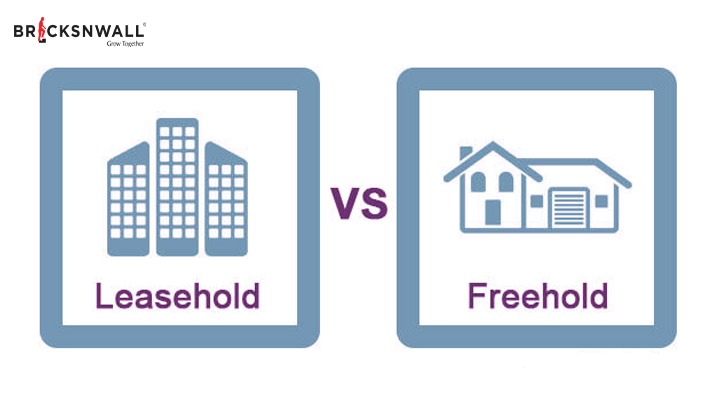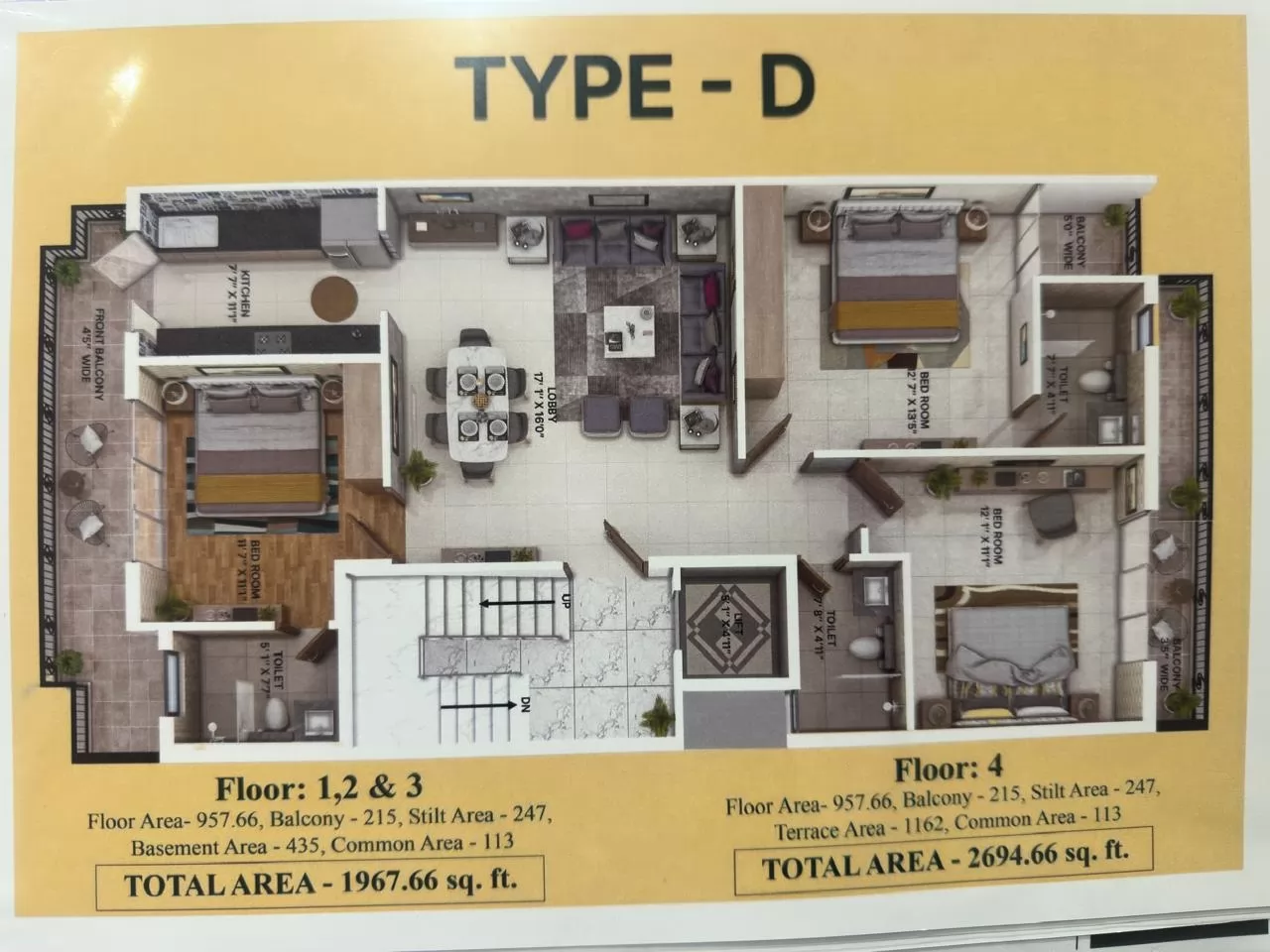How to Sell your Leasehold Property & Freehold Property
Bricksnwall Trusted Experts

Selling a property, whether leasehold or
freehold, involves a series of important considerations and steps.
Understanding the key differences between leasehold and freehold properties is
essential to ensure a smooth and successful sales process.
In this blog, we will provide a comprehensive
guide on selling
leasehold and freehold properties, outlining the crucial factors, legal
requirements, and practical steps involved.
Selling Leasehold Property:
Check Lease Terms and Conditions:
Before selling a leasehold property, it is
crucial to review the lease agreement thoroughly. Understand the remaining
lease term, any restrictions, and obligations imposed by the lease, and whether
there are any potential issues that may affect the sale.
Obtain Consent from the Freeholder:
In most cases, leasehold properties require
obtaining consent from the freeholder to sell the property. This process
involves notifying the freeholder, providing relevant documentation, and paying
any necessary fees. Ensure that all necessary permissions and paperwork are in
order to proceed with the sale smoothly.
Valuation and Marketing:
Engage a reputable valuer or estate agent to
assess the market value of the leasehold property accurately. Develop a
comprehensive marketing strategy to attract potential buyers, highlighting the
property's unique features and advantages.
Engage a Solicitor:
Hire an experienced solicitor who specializes
in leasehold property transactions. They will handle the legal aspects of the
sale, including gathering necessary documents, handling lease transfer
procedures, and facilitating communication between all parties involved.
Selling Freehold Property:
Valuation and Market Research:
Obtain a professional valuation to determine
the fair market value of the freehold property. Conduct thorough market
research to understand the demand, recent sales trends, and buyer preferences
in your area.
Organize Legal Documentation:
Gather all essential legal documents related
to the property, such as the title deed, land registry documents, building
permits, and any relevant planning permissions. These documents will be
required during the sales process.
Instruct a Solicitor:
Engage a solicitor experienced in handling
freehold property sales to guide you through the legal procedures. They will
assist in preparing the contract, dealing with enquiries from potential buyers,
and overseeing the transfer of ownership.
Marketing and Negotiations:
Create an appealing marketing strategy to
attract potential buyers. Utilize various channels, such as online listings,
local advertisements, and engaging estate agents to maximize exposure.
Negotiate offers and terms with potential buyers, aiming for a mutually
satisfactory agreement.
Conclusion:
Selling a leasehold or freehold property requires careful planning, adherence to legal requirements, and effective marketing strategies. Whether you own a leasehold or freehold property, understanding the specific processes involved will help you navigate the sales journey successfully. By following the steps outlined in this guide, property sellers can confidently approach the sale of their leasehold or freehold property, ensuring a smooth and efficient transaction for all parties involved. It is essential to stay updated on any changes in the real estate market and property regulations that may impact the sale of your property. Being well-informed will allow you to make informed decisions and adapt your selling strategy accordingly. Remember to maintain clear and open communication with potential buyers, addressing any concerns or queries promptly. Lastly, seek professional guidance from solicitors, valuers, and estate agents who can provide expert advice and support throughout the selling process. With careful planning and the right approach, you can achieve a successful sale of your leasehold or freehold property.




